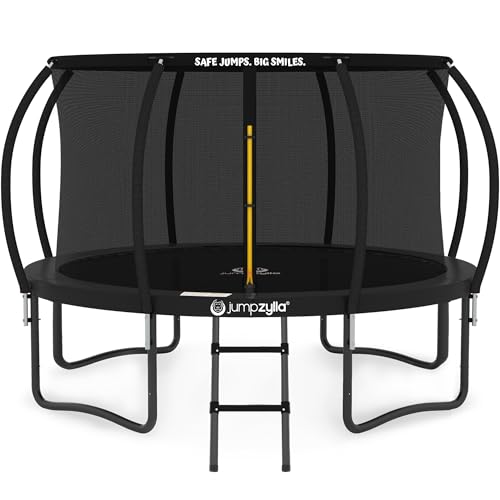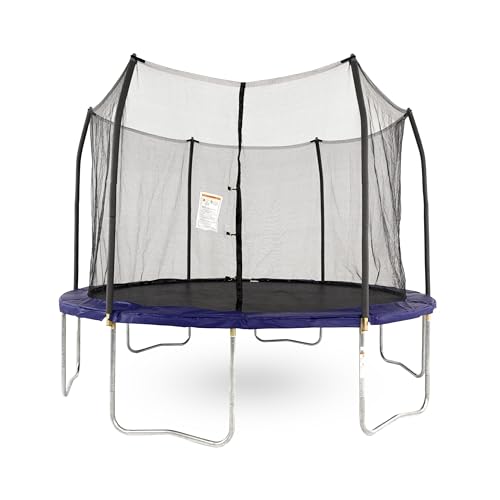Thinking about buying a trampoline in 2025? You’re not alone. Whether it’s for backyard fun, fitness, or family activity, trampolines are a top choice for boosting outdoor enjoyment and getting kids (and adults) moving.
But with so many options — sizes, shapes, weight limits, and safety features — choosing the right one can be tricky.
That’s why we’ve created this guide. Based on the most trusted reviews in the industry and feedback from thousands of real users, we break down everything you need to know to pick the best trampoline for your needs.
What Matters Most When Choosing a Trampoline?
Trampolines aren’t one-size-fits-all. Here’s what you really need to think about before buying:
1. User Type: Who’s Going to Use It?
- Kids under 10? Look for small-to-medium sizes with strong safety nets and padded springs.
- Teenagers or adults? You’ll need a sturdier frame and higher weight capacity.
- Fitness-focused? Consider a rebounder or mini trampoline with silent bungees for low-impact cardio.
Pro Tip: Don’t just buy based on size or price — consider the weight limit and intended use first.
2. Backyard Size & Shape
A 14-foot trampoline might sound great — until you realize it takes up half the yard.
- Round trampolines are best for even bouncing and centralizing jumpers (safer for kids).
- Rectangular trampolines provide more powerful bounce and are great for tricks or gymnastics.
- Oval trampolines balance the two — they offer space without overpowering your yard.
Pro Tip: Measure your yard with 3–4 extra feet of clearance around the trampoline to allow for safe entry and net space.
3. Safety Features You Can’t Ignore
Trampoline-related injuries are real. But most are preventable with the right features:
- Enclosure net: A full safety net is essential. Make sure it’s high, tight, and attached at the right points.
- Spring padding: Thick UV-resistant padding can prevent injury.
- Springless design: Options like flexible rods or bungees can reduce injury risk.
- Zipper or overlap entry: Check for secure, child-friendly entry systems.
Pro Tip: Look for trampolines that don’t rely on the net for structural support — freestanding nets are safer and last longer.
4. Build Quality & Materials
Don’t fall for low prices if the materials won’t last one winter.
Look for:
- Galvanized steel frames (rust-resistant)
- Heavy-duty jump mats (UV-treated)
- Springs or bungees made from strong, weatherproof materials
- Warranties — a good trampoline should offer a minimum 1-year warranty, ideally more.
Pro Tip: If you live in a windy area, consider in-ground trampolines or ones with anchor kits.
5. Setup, Portability & Maintenance
A trampoline is a long-term commitment — not just a weekend toy.
- Some models take 2–4 hours to build with multiple people
- Others come with tool-free installation or easy storage features
- If you’ll be moving or storing it seasonally, choose foldable or modular options
Pro Tip: Avoid models with hard-to-source replacement parts. Longevity matters.
Real-World Buyer Tips
- ✅ Don’t overbuy: A 10ft trampoline with a good net can be safer and more useful than a huge 16ft option in a small yard.
- ✅ Read verified user reviews: Real photos and complaints often reveal things the spec sheet won’t.
- ✅ Buy from reputable brands: They usually offer better support, spare parts, and warranty services.
- ✅ Check delivery options: Trampolines are heavy — make sure curbside delivery works for your location.
Final Word: How to Choose the Right Trampoline
Every family, yard, and use case is different. The best trampoline for you depends on:
- Who’s using it
- Where you’re putting it
- How much bounce you want
- And how long you want it to last
With this guide, you now have the insight to avoid common mistakes, understand key features, and choose with confidence.




